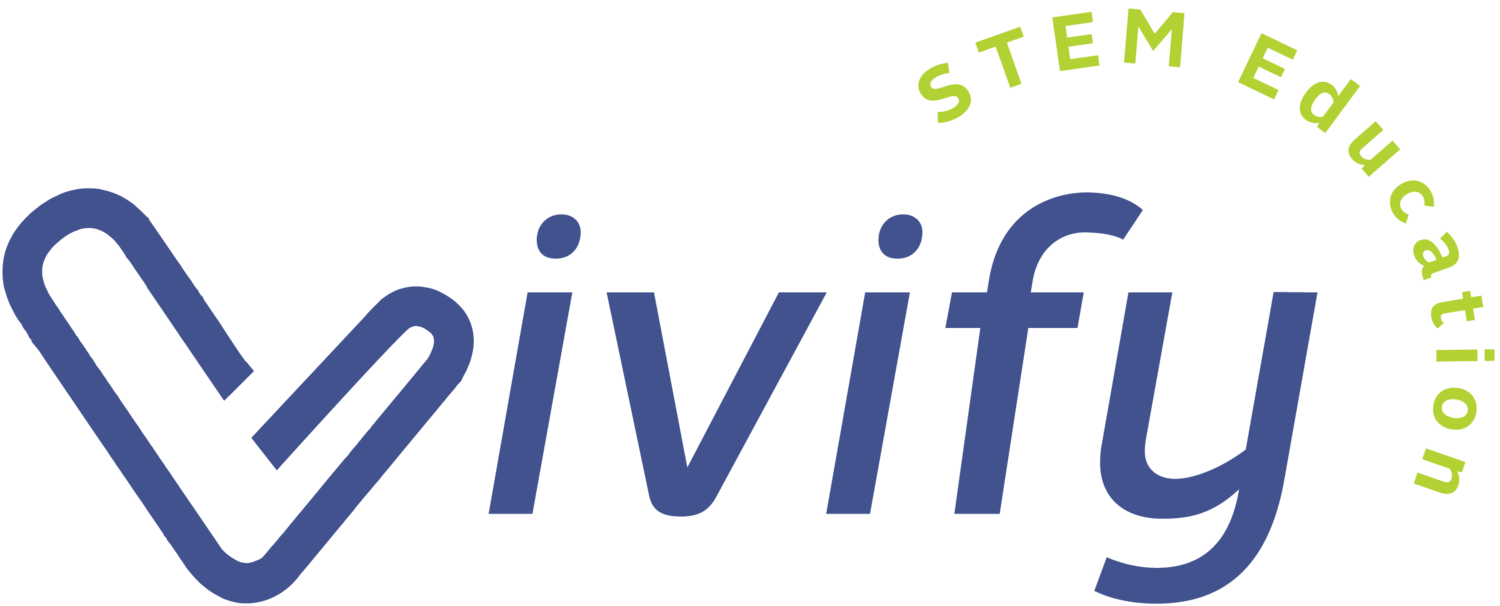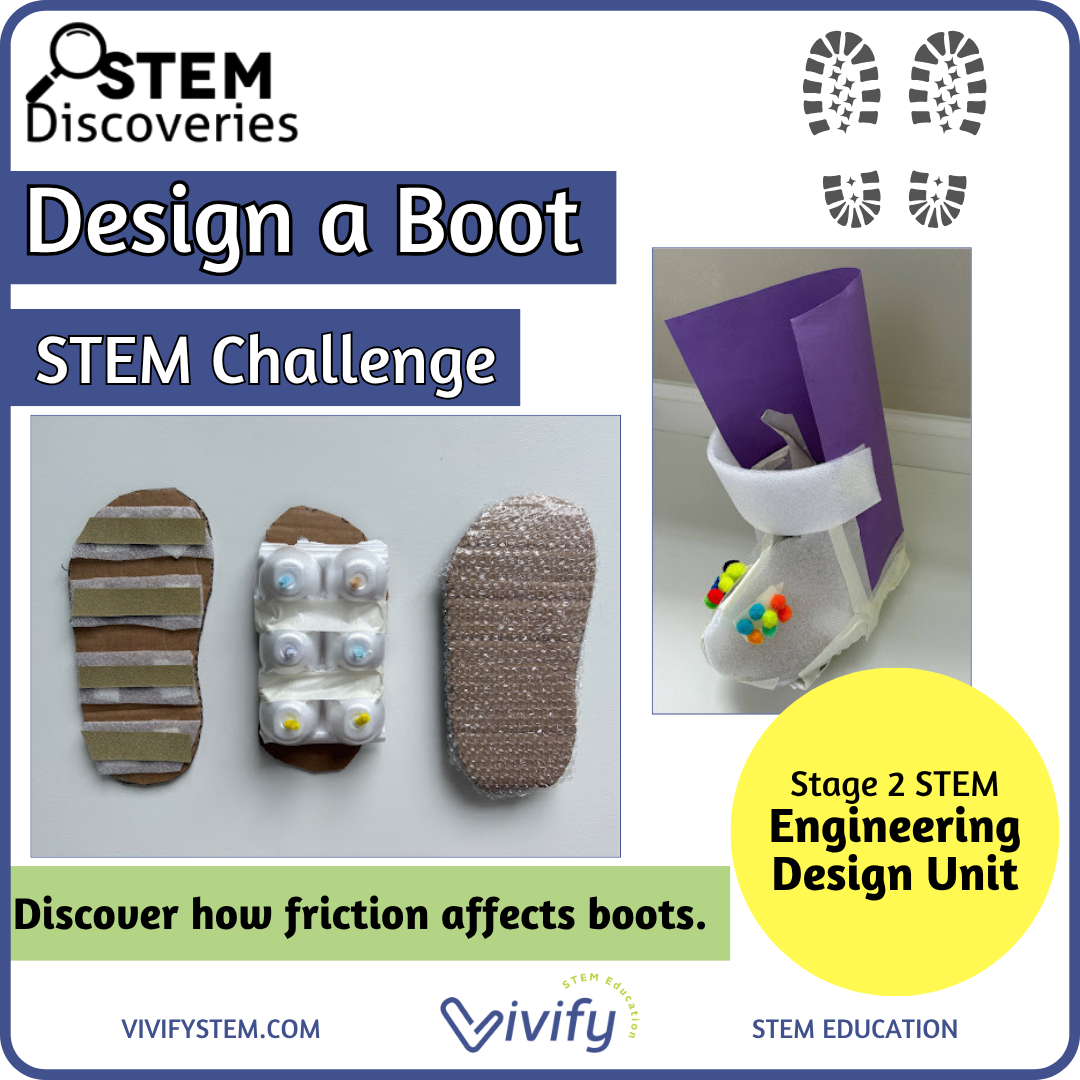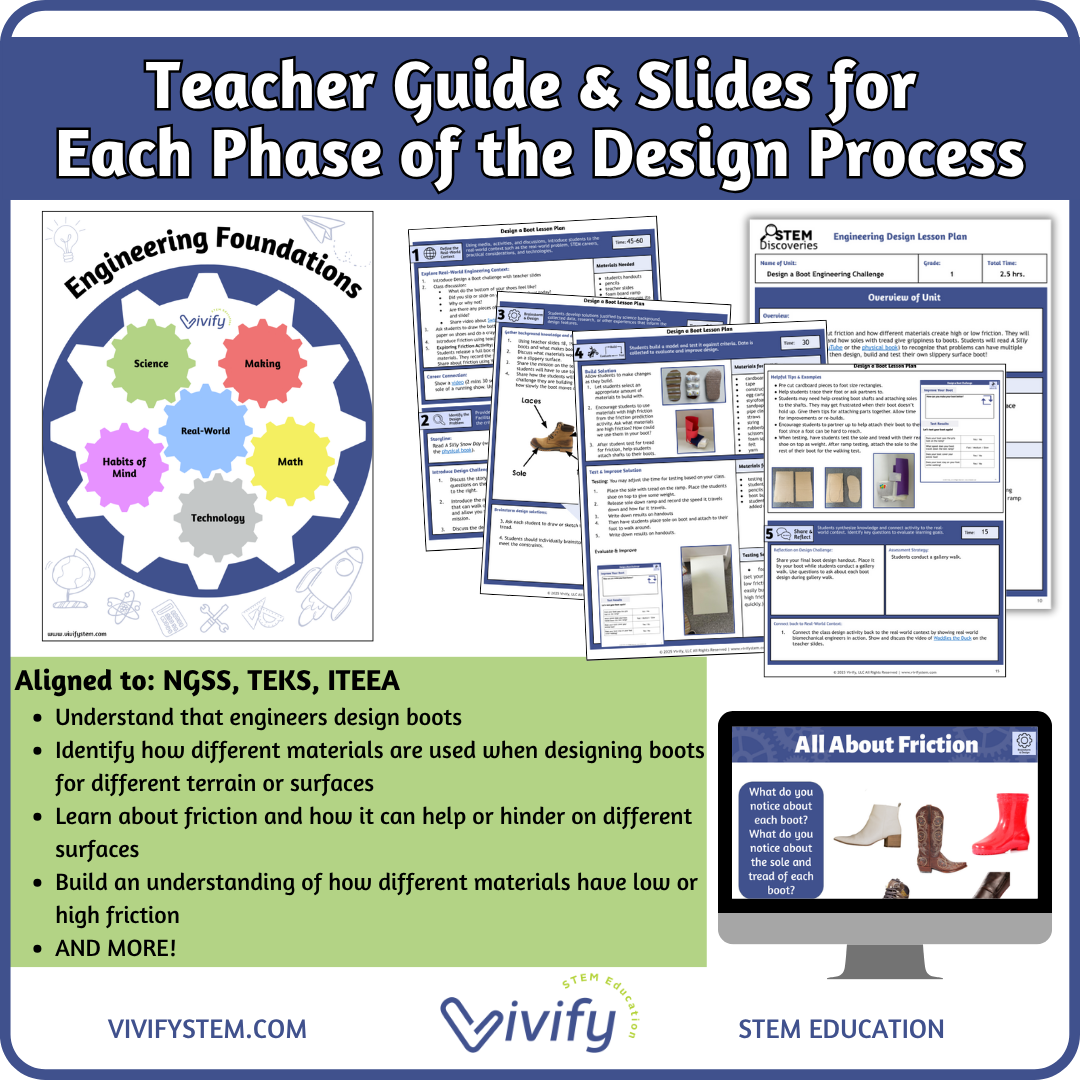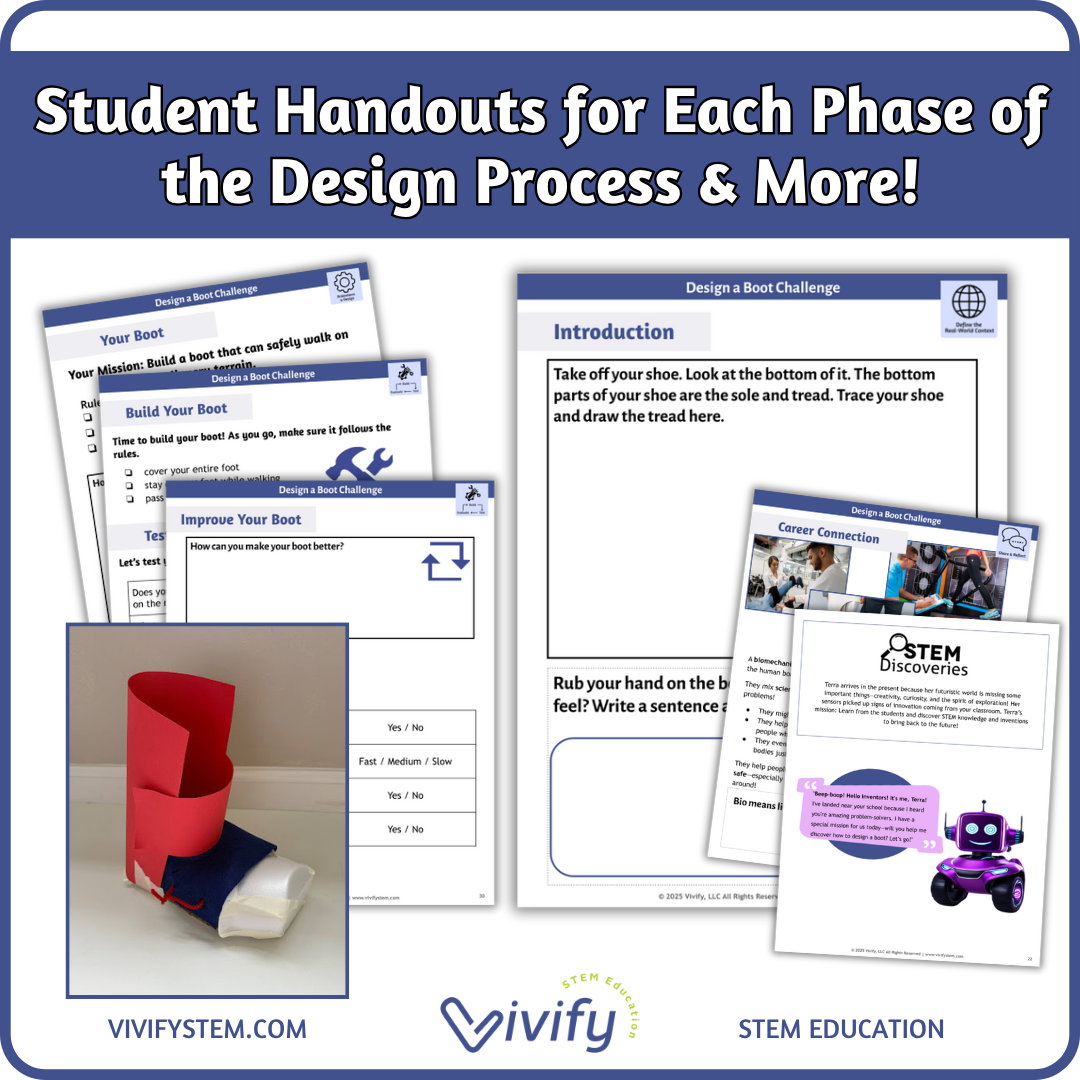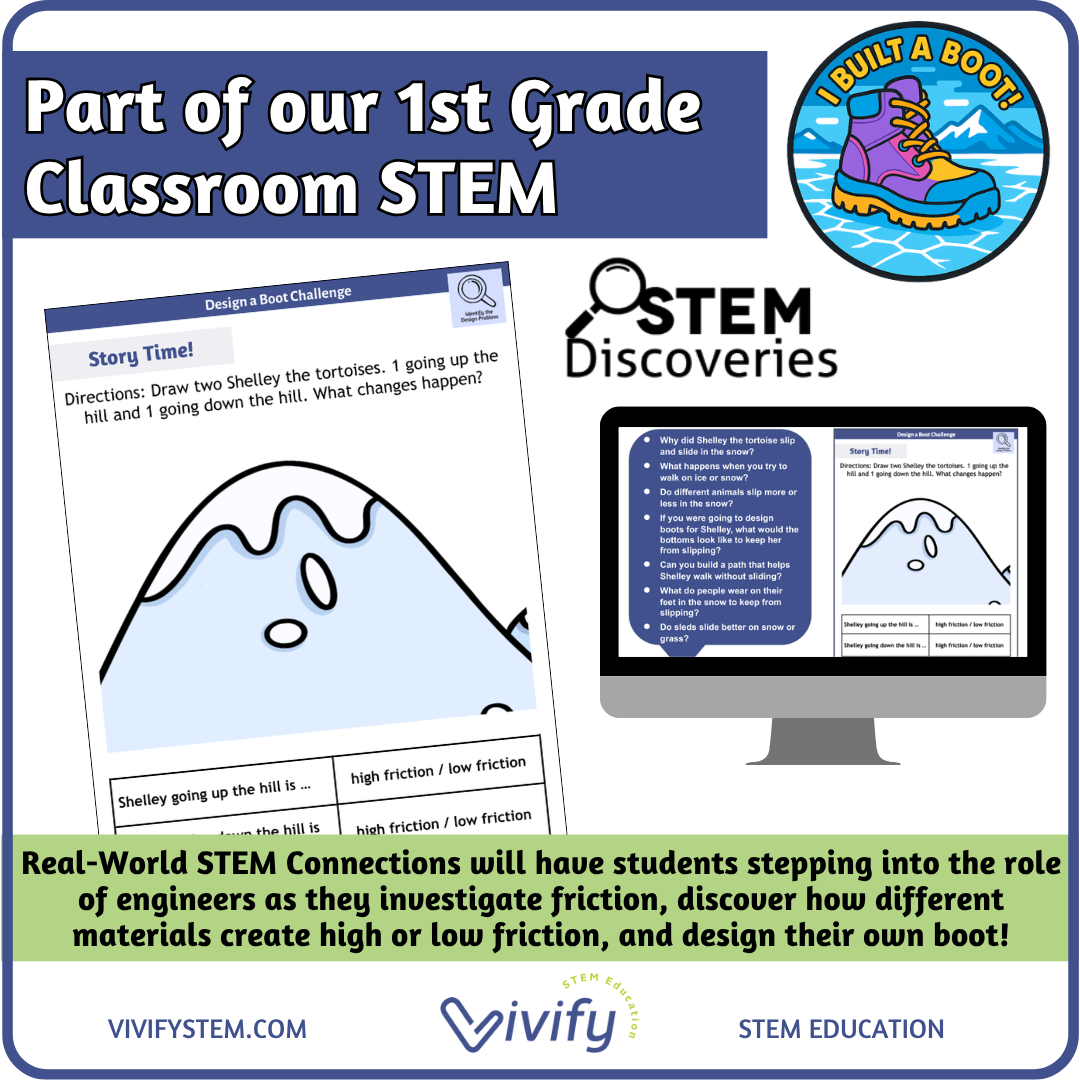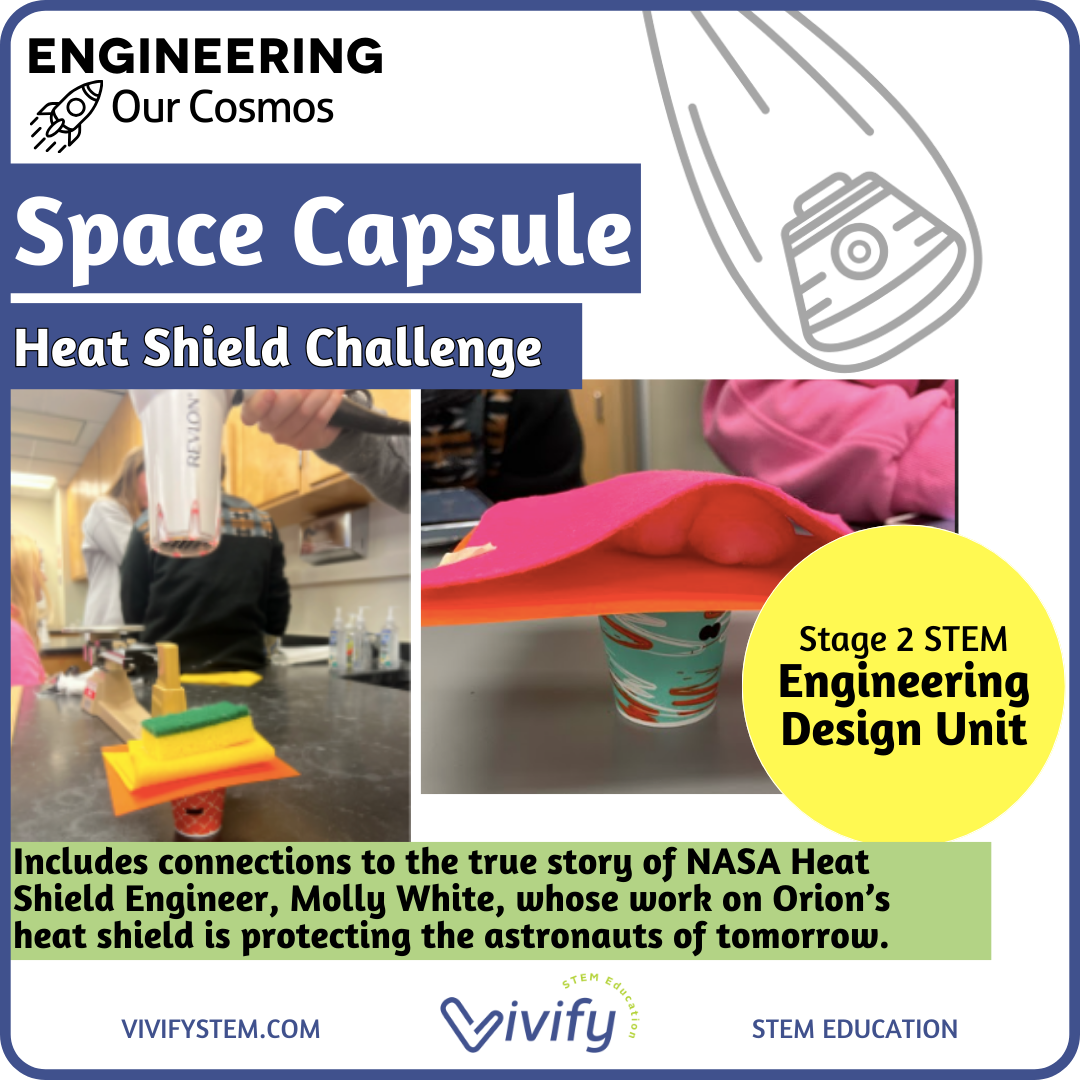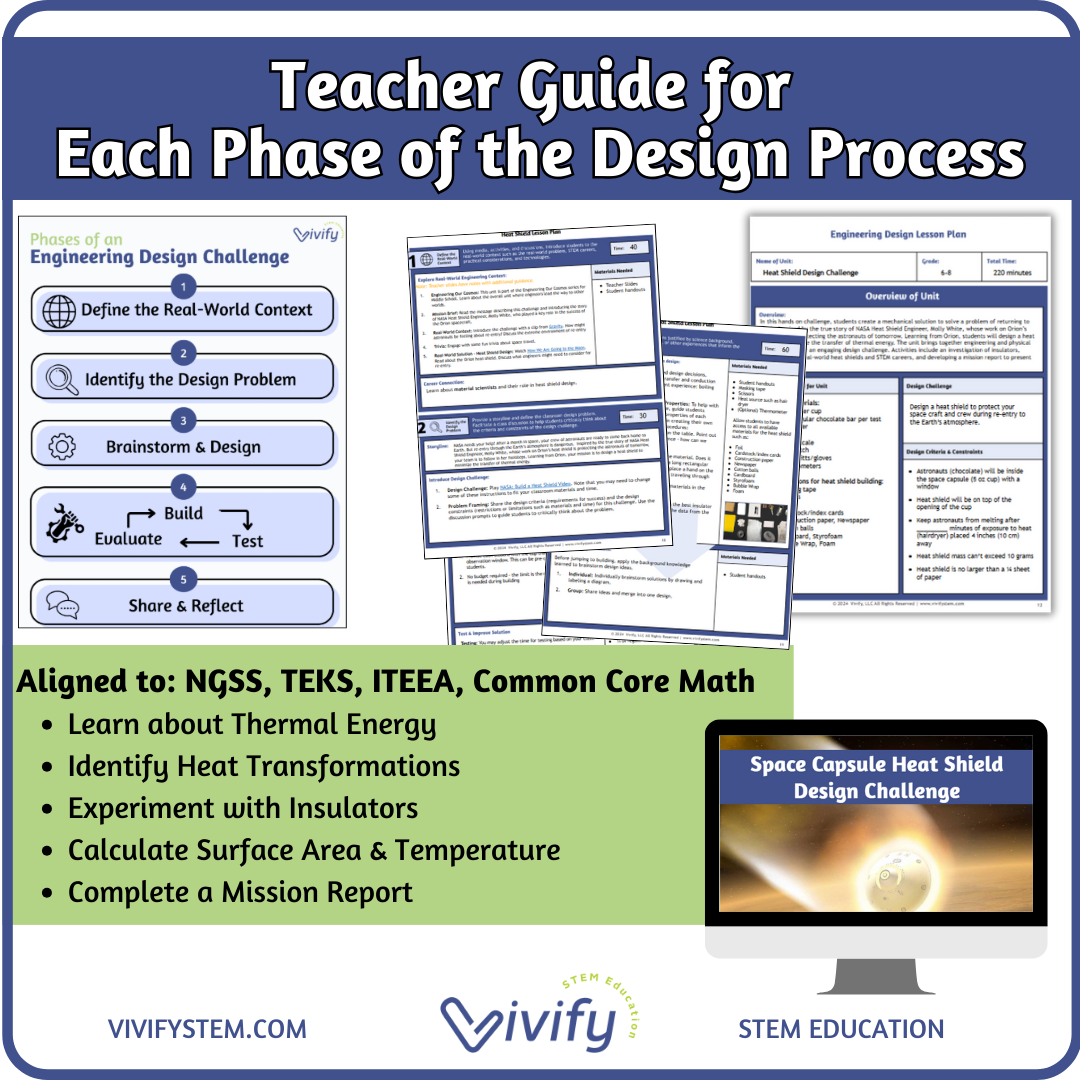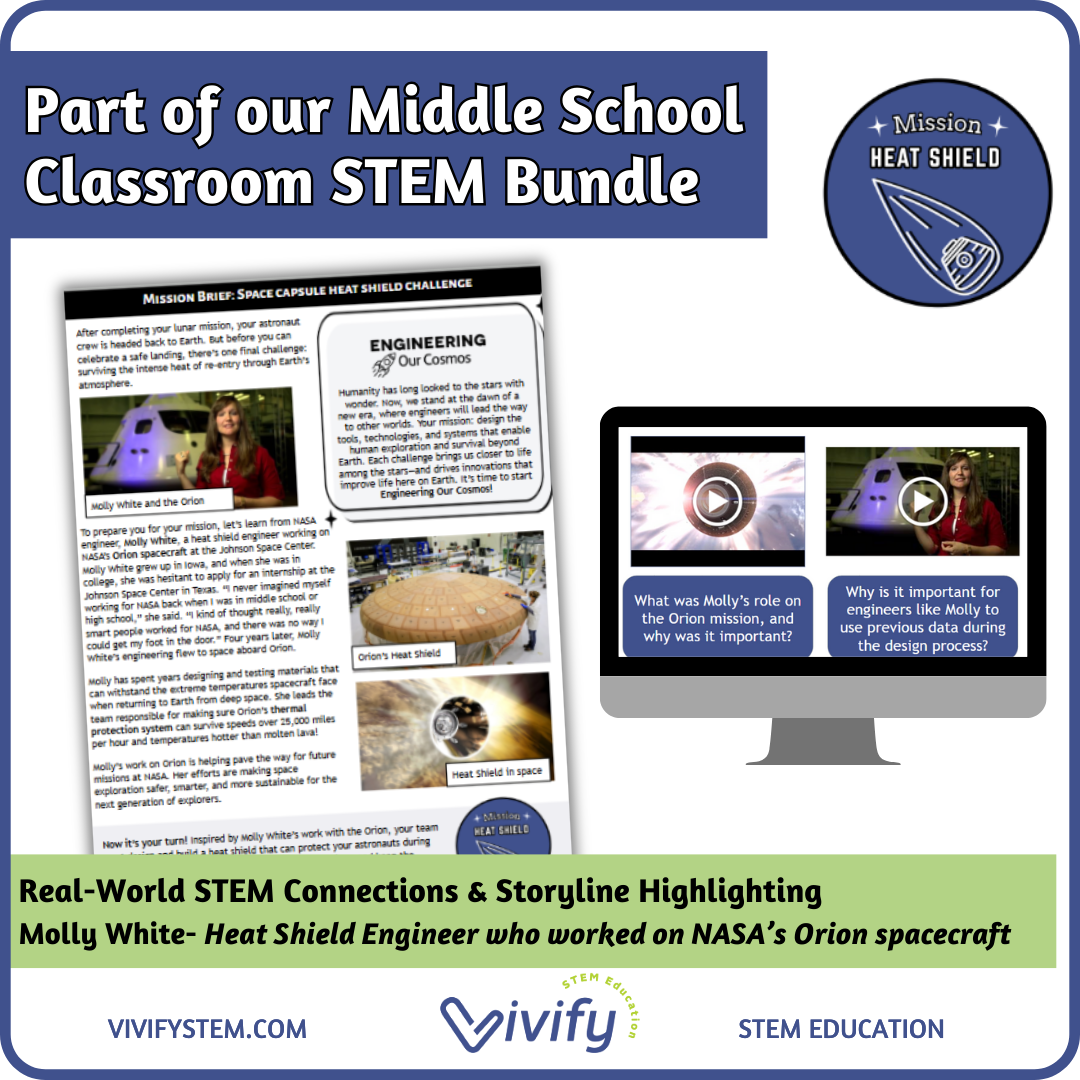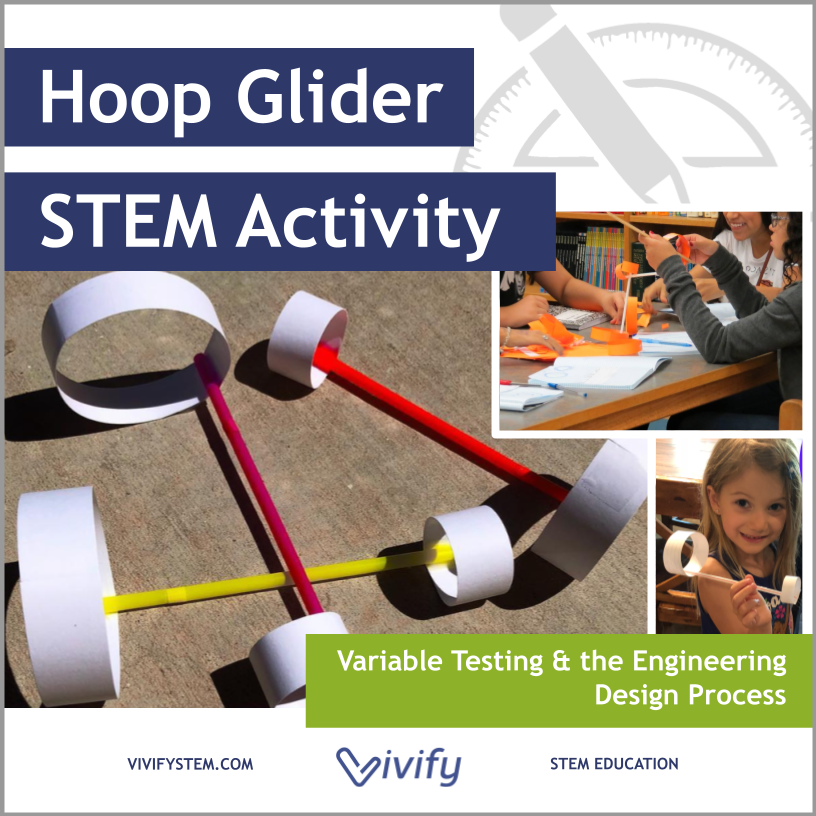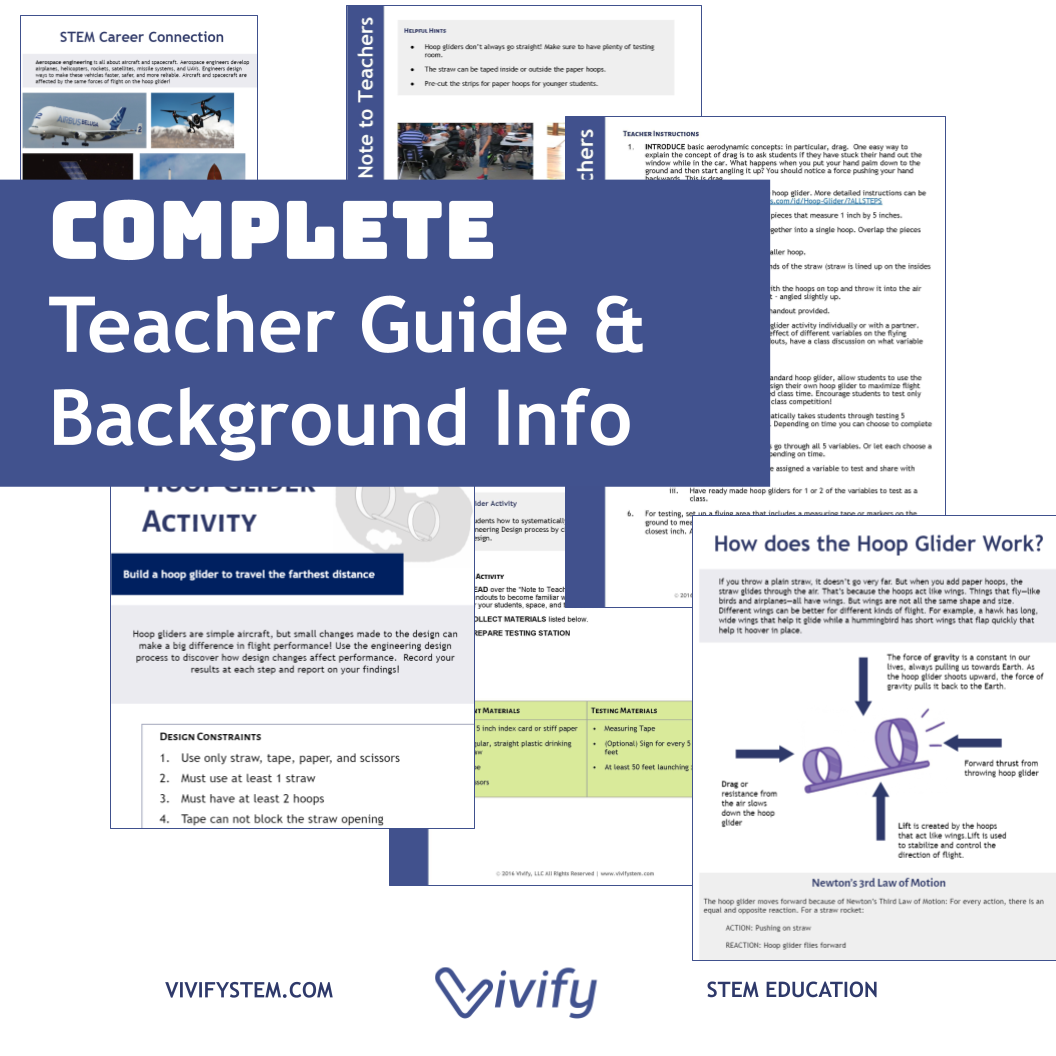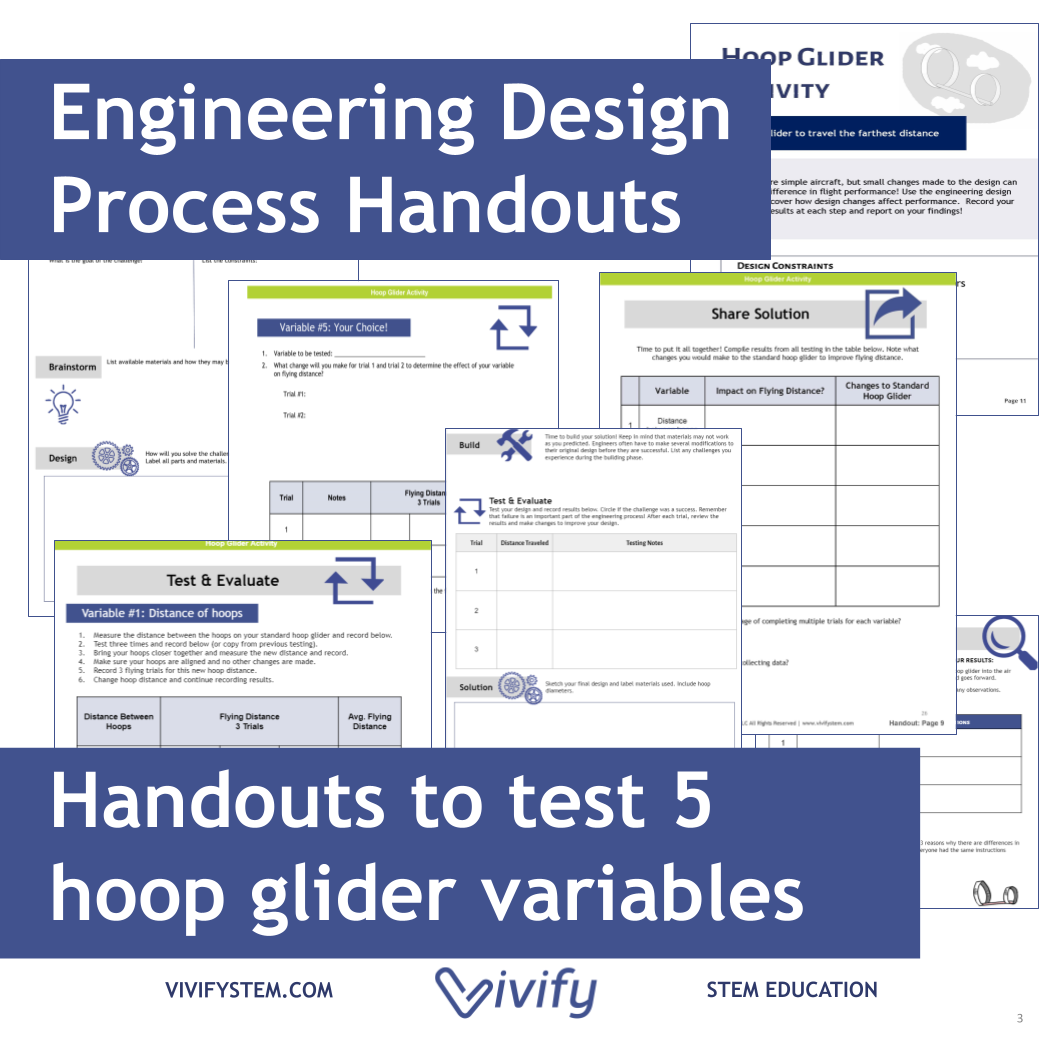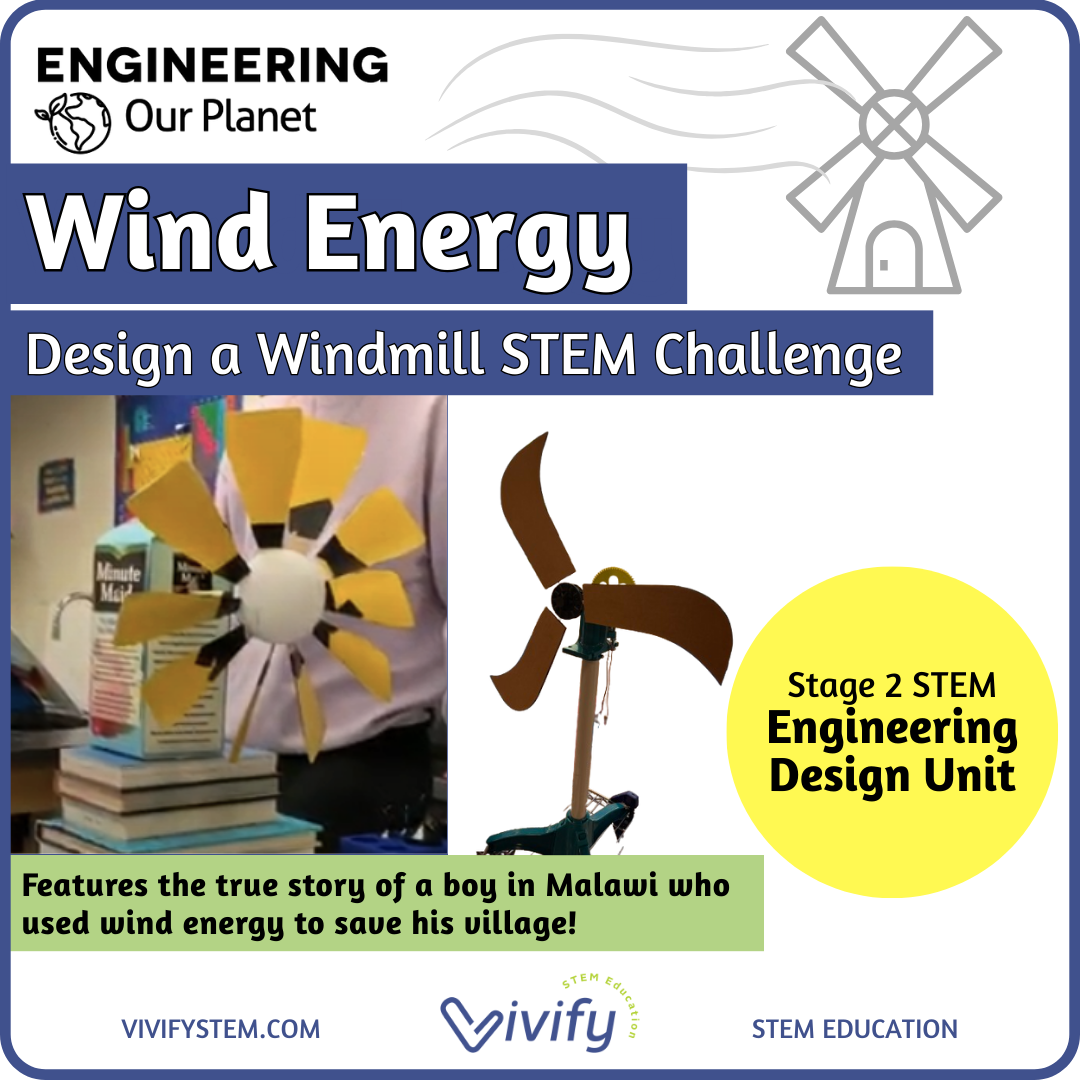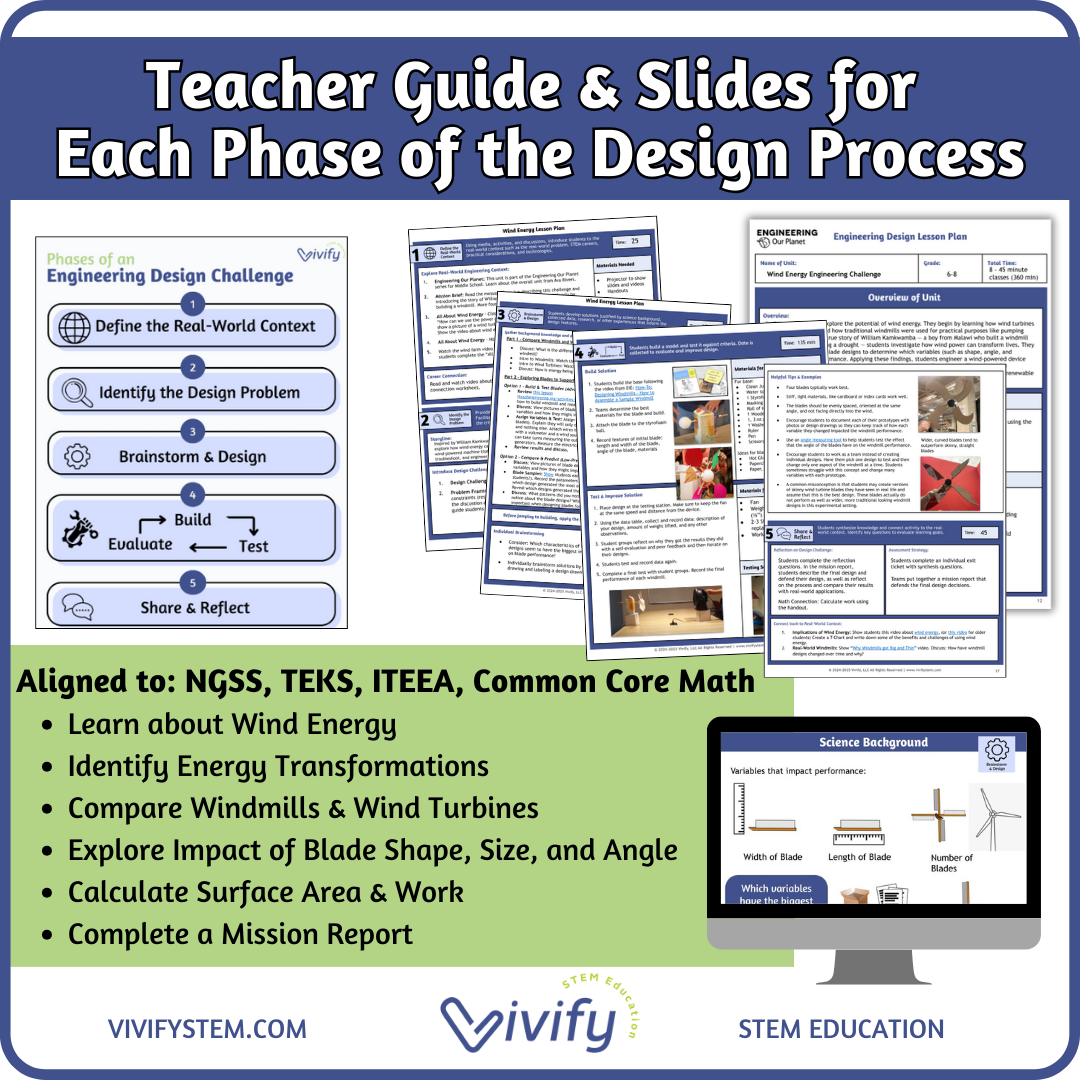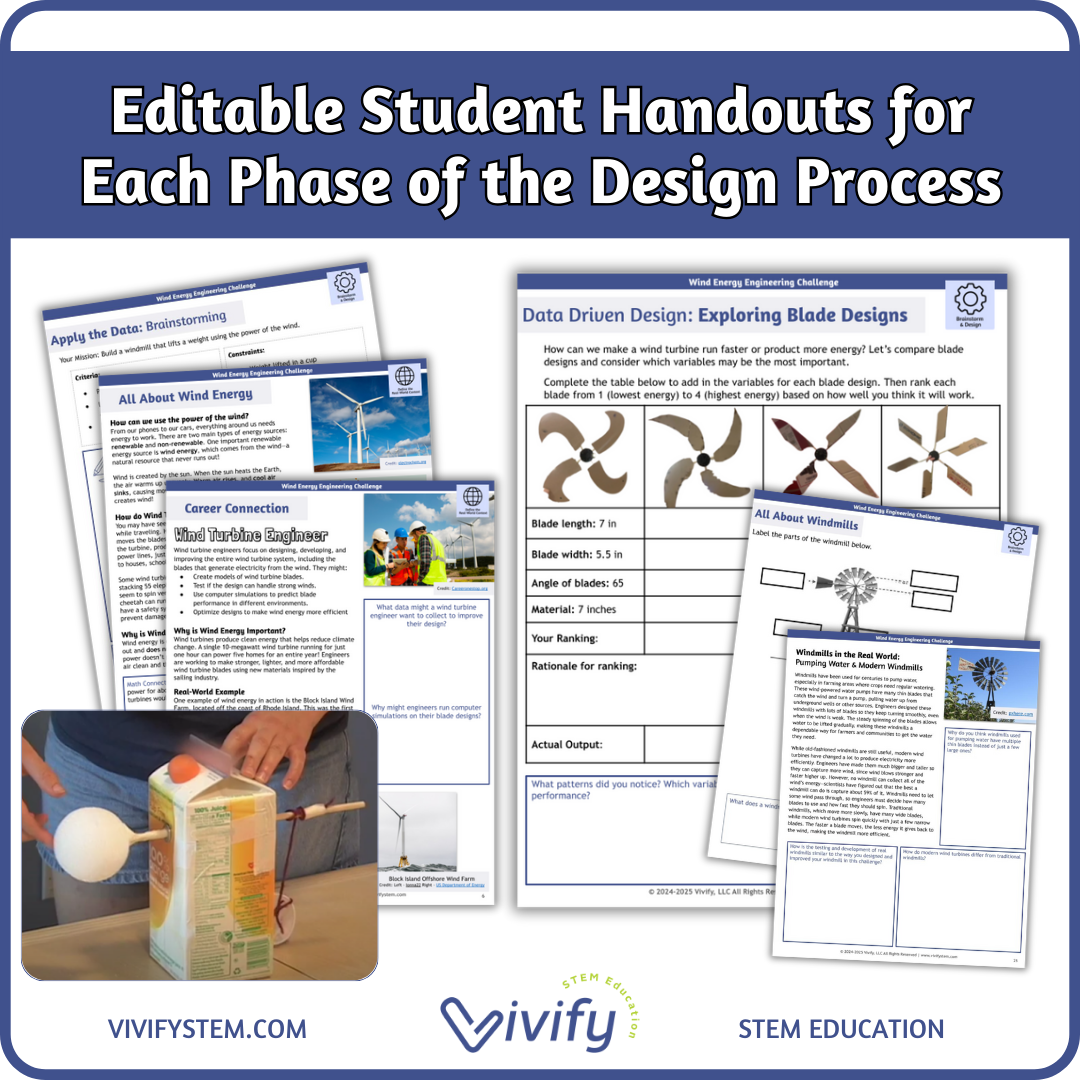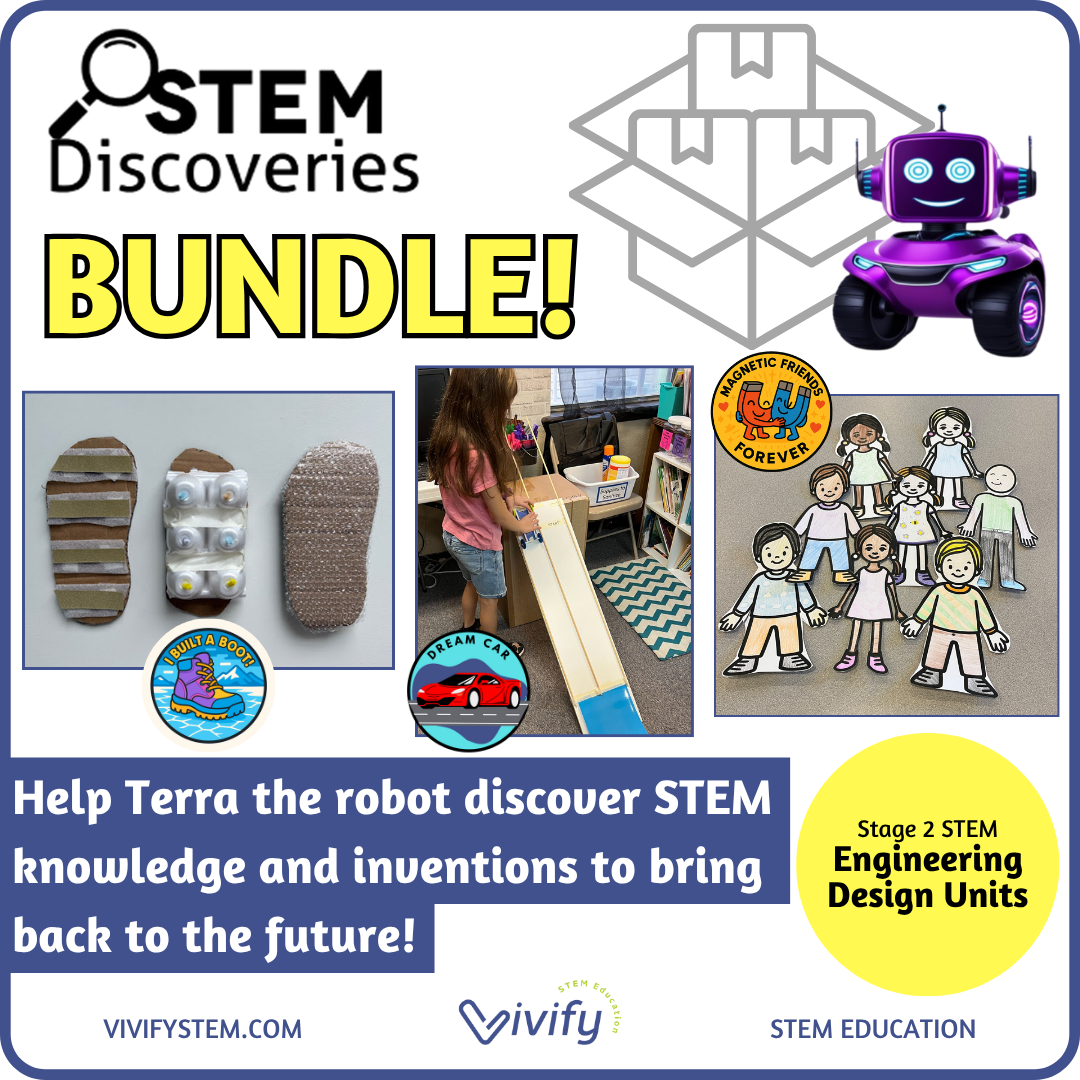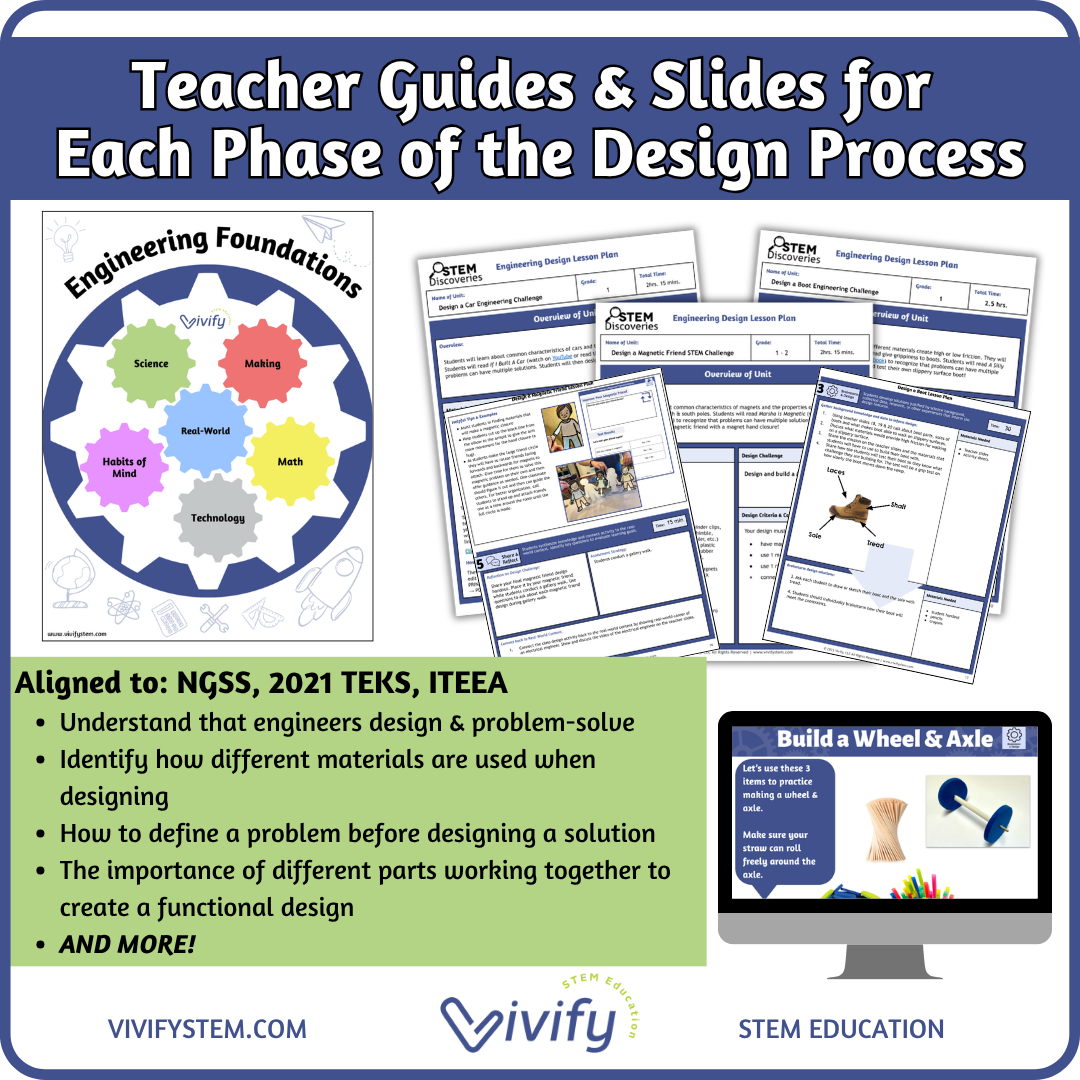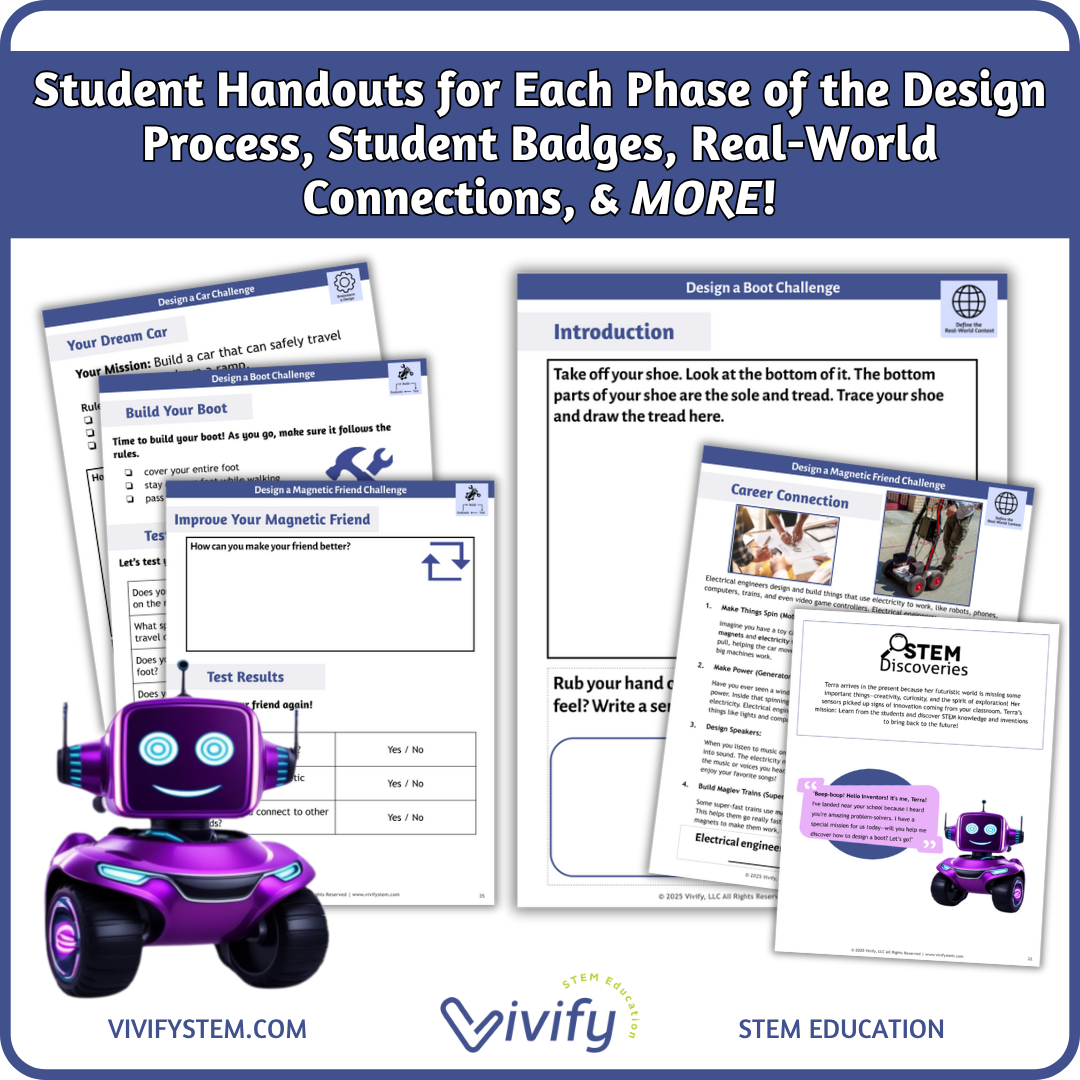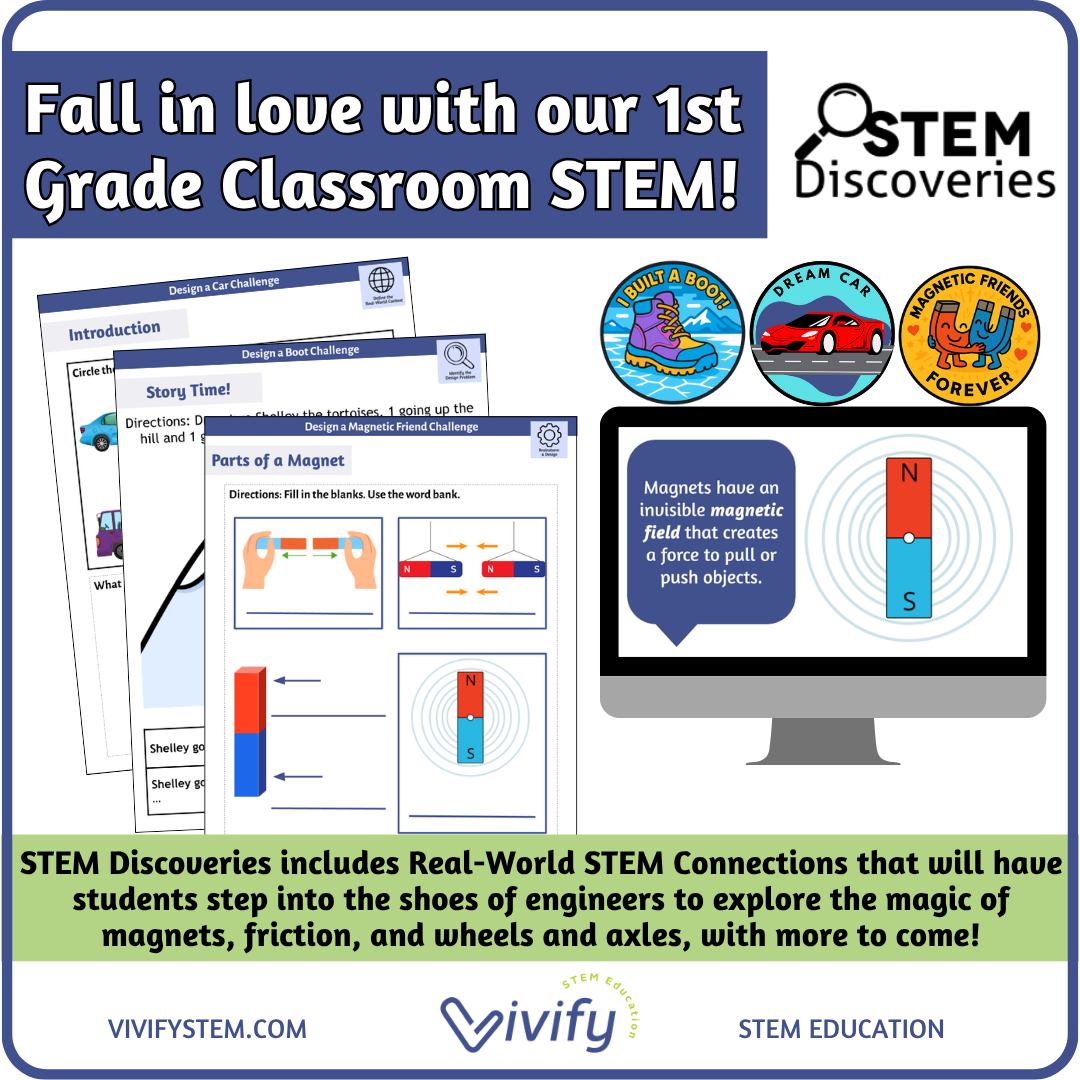Design a Boot Engineering Design Challenge | 1st Grade STEM Discoveries
Students will step into the role of engineers as they investigate friction, discover how different materials create high or low friction, and design their own boot! Using A Silly Snow Day as inspiration, learners will recognize that problems can have multiple solutions - just like real-world engineering.
Through hands-on creativity, students will learn to create high-friction boot soles and build their own boot! Students will discover how friction works in real-world applications, building STEM knowledge through hands-on design, promoting creative problem-solving with everyday materials!
This unit is part of our new 1st Grade STEM Discoveries series - get ready to discover, explore, and innovate!
What They’ll Learn:
The main parts of a boot
How a boot design helps walk on slippery surfaces
What materials provide grip on slippery surfaces
What surfaces are low friction
What surfaces are high friction
MORE!
STEM Discoveries Storyline (Adaptable for Grades 1 - 2): Terra (a robot) arrives in the present because her futuristic world is missing some important things - creativity, curiosity, and the spirit of exploration! Her sensors picked up signs of innovation coming from your classroom. Terra’s mission: Learn from the students and discover STEM knowledge and inventions to bring back to the future!
A Mission to Design a Slippery Surface Boot: In this unit, students will learn about friction and how different materials create high or low friction. They will also learn about boots and how soles with tread give grippiness to boots. Students will read A Silly Snow Day (watch on YouTube or the physical book) to recognize that problems can have multiple solutions. Students will then design, build and test their own slippery surface boot!
Engineering Learning Goals in this unit include:
Real-World Connections: Understand that engineers design boots and identify how different materials are used when designing boots for different terrain or surfaces.
Making: Use common materials to build a model of a boot and learn to successfully make a boot to protect against slippery surfaces.
Habits of Mind: Recognize that problems have multiple solutions and that you must first define the problem before you can start on the solution. Persist when creating to find a high friction material for sole tread.
Science: Learn about friction and how it can help or hinder on different surfaces and build an understanding of how different materials have low or high friction.
Technology: Understand that a boot has different characteristics such as sole, tread, laces, shaft and recognize that a boot has different parts that work together. Learn that different materials are needed for walking on different types of surfaces.
Math: Recognize shapes of boots that will support the shaft and that the size of boot to size of students foot. They will also measure dimensions of finished boot.
Included in this product:
Aligned to: NGSS, TEKS, and ITEEA Standards
Complete Teacher Guide following the engineering design process
Materials list and activity suggestions
Editable teaching slides
Student handouts for each phase of the design process, including science background, STEM career connection, and more!
Two versions of student badges for completing the mission: pre-colored or a black and white option for students to color themselves to celebrate!
Option for printing badges using Avery Presta 94506 Round Labels
Recommended Supplies:
Required:
cardboard
tape
construction paper
egg cartons
styrofoam cups
sandpaper squares
pipe cleaners
straws
string
rubber bands
scissors
foam squares
felt
yarn
Pieces to Cover Test Ramp:
sandpaper
aluminum foil
felt
bubble wrap
wax paper
plastic wrap
towel or washcloth
Additional Options:
2021 Science TEKS Standards Alignment (Texas)
§112.11 (1)(B), (1)(D), (1)(F), (6)(A), (6)(B)
